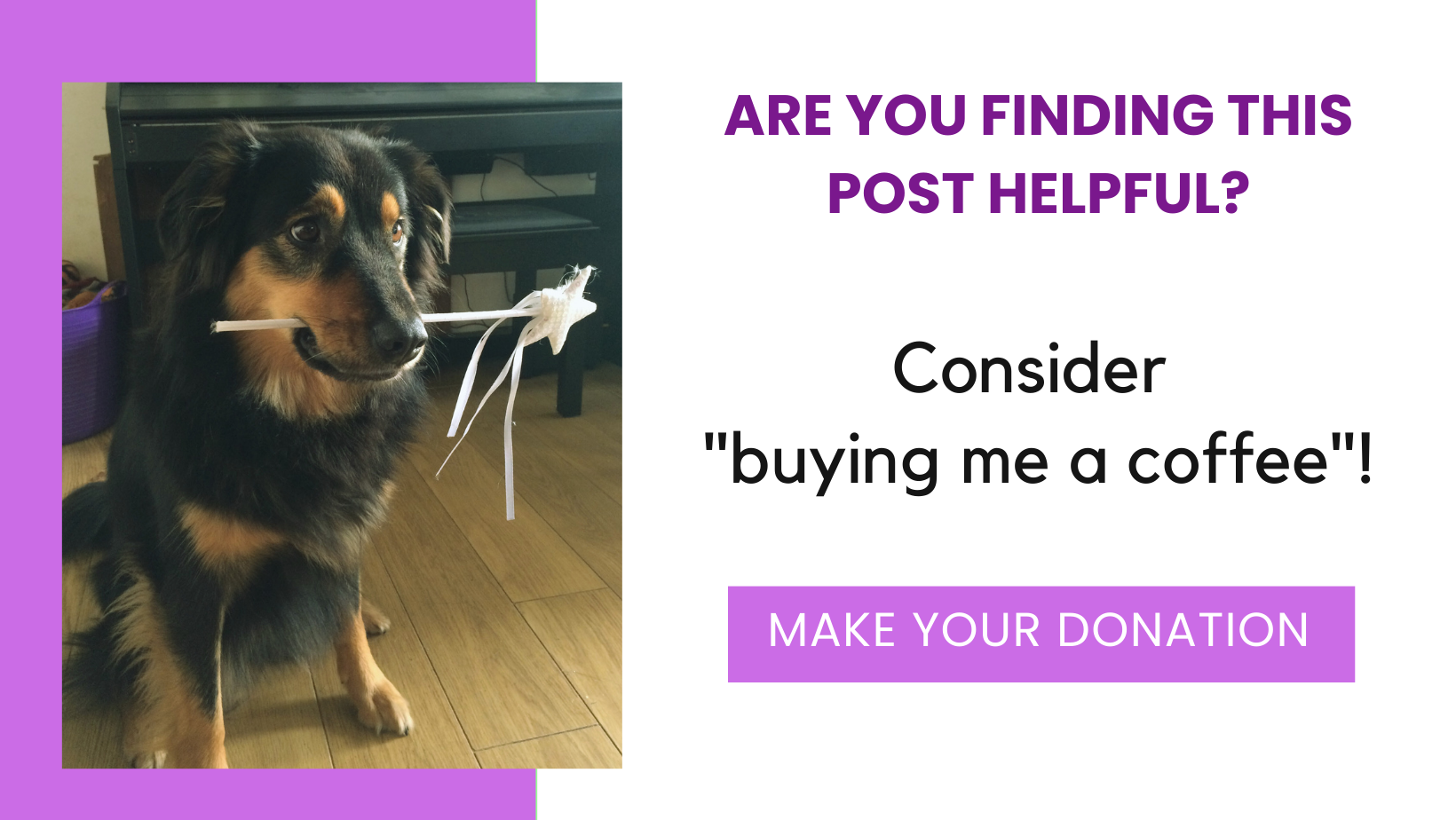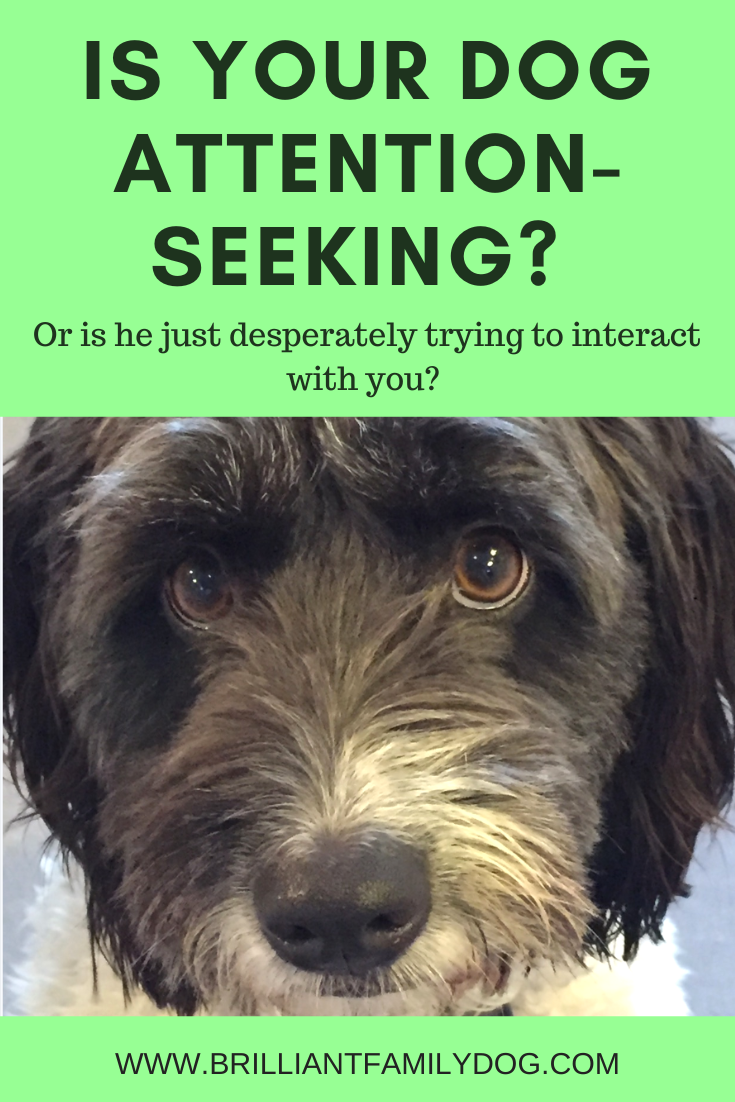This question arises from some I’ve been asked recently - about electric fencing - not the sort round cattle fields, but the secret menace people embed in their gardens to give their dog electric shocks. 😱
For some reason people seem to think this is A-ok. And it’s not! An electric shock, however given, is a punishment. It breaks down the trust your dog and you should have in each other.
And it’s a lazy option.
Regular readers of Brilliant Family Dog will know my opinion on electric shocks! If you wouldn’t do it to a toddler, you shouldn’t do it to a dog.
Teaching by punishment is not teaching. It’s coercion.
And the daft thing is that it’s just as easy to teach your dog to stay on your property without doing this!
My fencing is just over 3 feet high, with inviting fields beyond.
In one part of the garden there’s just a single wire 2 feet above the ground.
Because I teach matwork from the start, and use crates and playpens and baby gates for my puppies, they understand very early on what boundaries are.
They could easily hop over those fences. But they don’t. The fence is simply an indication that this side is ours and the other side is not.
Once we’ve established the principle of a boundary, they’ve got it! They don’t need to be continually told. And they definitely don’t need to be continually punished.
Invisible fence hazards
It seems to me that there is some very efficient marketing going on with these “invisible fences”. Naturally enough, only the ease - being able to dump your dog in the garden and never having to supervise her - is emphasised.
But there are also hazards with these “invisible” fences. And you should be aware of them!
Only an animal with a collar on will get the shock. So that means ANY dog, cat, coyote, deer, mountain lion, or anything else, can stroll onto your property. Your dog will be at their mercy.
There are documented reports of horrible results from this.
And as any animal can get onto your property, day or night, they could also defecate there, leaving a rich harvest of worms, flukes, tapeworms - all kinds of disease.
There’s also the chance of your dog developing coprophagia. 🤮 OOER! Even if you clear up immediately, the eggs are still there in your grass.
The worst thing about “invisible fences”
The worst thing - and this is something particularly apposite for the people who actually want to work with their dogs, rather than against them - is the fear effect of an electric shock.
If you were eating an ice cream and got a violent shock from it, how soon would you be happily enjoying another ice cream?
(I love Chinese food. And once after a meal I got horribly sick. Despite the fact that I am an intelligent human with strong reasoning powers, I was unable to eat another Chinese meal for a good couple of years! How would this type of aversive experience affect a dog, without our level of knowledge?)
If your dog sees a dog, horse, child, cat - and gets an electric shock at the same time - how is he going to feel about what he was looking at when it happened?
You’re in danger of creating a new fear, a new reactivity, that you will now have to manage and live with.
I understand there are some properties in the world where you are not allowed to build a fence.
This is incomprehensible to me! What about children playing in the garden?
All I can say is that I would never consider living on a property I couldn’t fence and make safe for my family and my animals.
But it only needs to be a low fence! A hint of a fence!
Want to learn how to teach matwork? You’ve got two options - there’s a book and audiobook called Calm Down! here or there’s our free Workshop on getting your Dog to LISTEN! here.

















